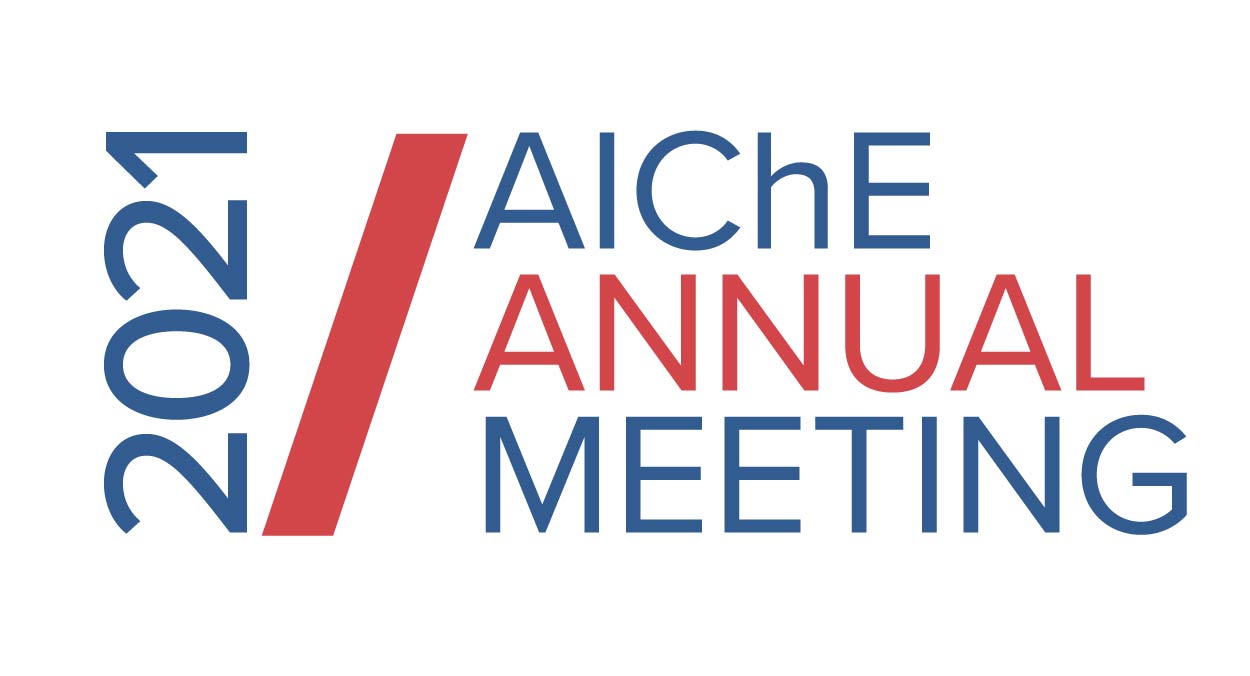

The partial oxidation process of ethylene is highly exothermic, which requires a large number of small diameter tubes in the reactor to achieve efficient reactant flow distribution and fast heat removal. Moreover, localized hotspots can originate from flow channeling inside the reactor and lower selectivity, causing unwanted full oxidation of ethylene. Various studies have demonstrated that modified mass and heat transfer configurations inside the reactor can significantly change the downstream separation train, impacting the overall cost and environmental impact of the process. For example, Andreas et al. found distributed oxygen dosing along the reactor length is beneficial for the EO process than the conventional process [3]. Barecka et al. applied PI screening strategies using computer-aided molecular design (CAMD) tools to find suitable alternative separating agents after identifying the bottlenecked section of the EO process [4].
This work focuses on assessing the impact of employing Microfibrous Entrapped Catalyst (MFEC) structures inside the EO reactor on the downstream separation processes. The MFEC structure is a novel catalyst structure that consists of sintered micron-sized metal, glass, or polymer fibers with small catalyst particles entrapped inside [5, 6]. The MFEC structure would considerably enhance the intra-particle heat transfer [7] in the EO reactor, resulting in increased per pass conversion. A plant-scale simulation model of the conventional EO process has been developed using the Aspen Plus process simulator. The use of MFECs in the intensified reactor is modeled based on experimental data. Changes in reactant concentration inside the reactor caused higher per pass conversion of ethylene than the conventional EO process, and a model was developed for the new, more compact separation train. Next, a techno-economic analysis was performed to find the return on investment (ROI) of the intensified design compared with the base case simulation model. To identify and compare the processes' overall environmental impact, we also performed a life cycle impact assessment (LCA) with a contribution analysis of key impact factors using Life Cycle Assessment software (LCSoft).
References
[1] https://www.statista.com/statistics/974787/us-ethylene-oxide-production-volume/ visited on 24th March 2021.
[2] Gahanta M. (2012) Development of an economically viable H2O2-based, liquid-phase ethylene oxide technology: reactor engineering and catalyst development studies. Ph.D. Dissertation, University of Kansas, Lawrence, KS.
[3] Peschel, A., Jörke, A., Sundmacher, K., & Freund, H. (2012). Optimal reaction concept and plant wide optimization of the ethylene oxide process. Chemical engineering journal, 207, 656-674.
[4] Barecka, M. H., Skiborowski, M., & Górak, A. (2017). A novel approach for process retrofitting through process intensification: Ethylene oxide case study. Chemical Engineering Research and Design, 123, 295-316.
[5] Cheng, X., Yang, H., & Tatarchuk, B. J. (2016). Microfibrous entrapped hybrid iron-based catalysts for Fischer–Tropsch synthesis. Catalysis Today, 273, 62-71.
[6] Choudhury, H. A., Cheng, X., Afzal, S., Prakash, A. V., Tatarchuk, B. J., & Elbashir, N. O. (2020). Understanding the deactivation process of a microfibrous entrapped cobalt catalyst in supercritical fluid Fischer-Tropsch synthesis. Catalysis Today, 343, 112-124.
[7] Sheng, M., Gonzalez, C. F., Yantz Jr, W. R., Cahela, D. R., Yang, H., Harris, D. R., & Tatarchuk, B. J. (2013). Micro scale heat transfer comparison between packed beds and microfibrous entrapped catalysts. Engineering Applications of Computational Fluid Mechanics, 7(4), 471-485.
